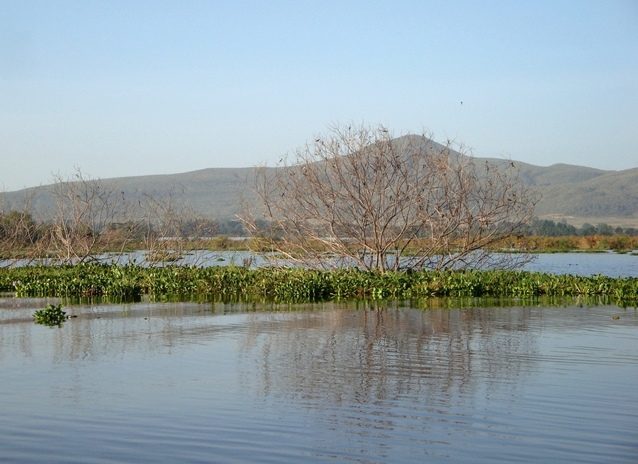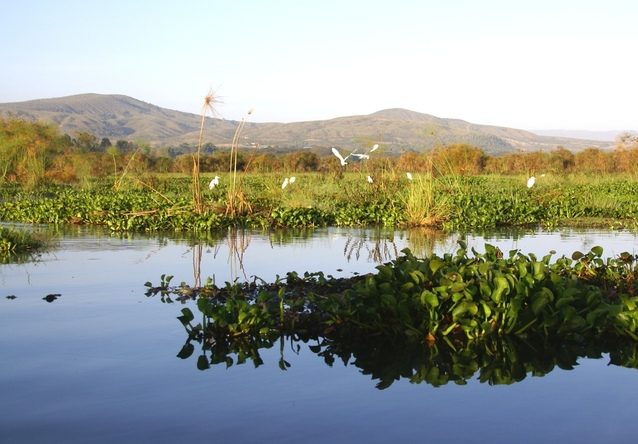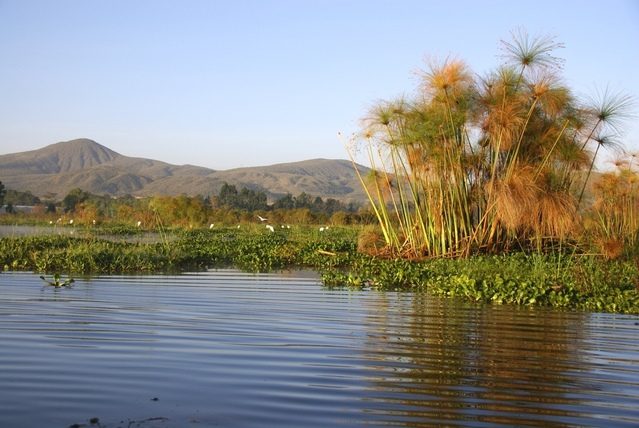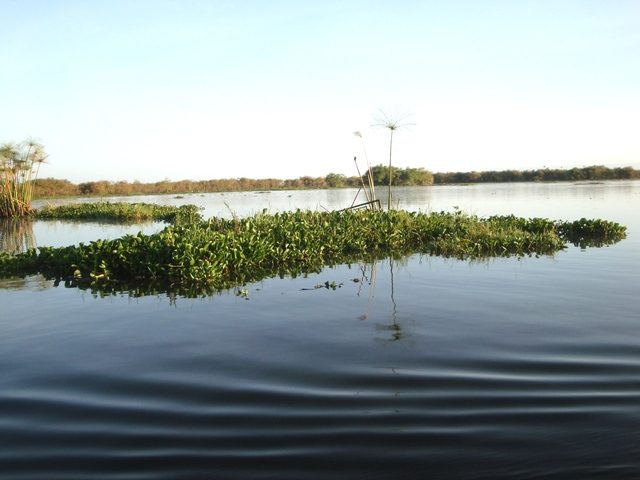A Game Drive Through Historical Naivasha
This is a game drive through historical Naivasha. It is rich, varied and enrapturing. Naivasha’s history embarks on a journey of astonishing facts and lucid historical tales revealing the interesting and often charming culture and life of its past and present people. That is to say, setting foot in Naivasha automatically unfolds the traces of its momentous events. The population of Naivasha is about 158,680 according to the Census of Kenya of 2009. Commercialisation has slowly crept into this quaint little town that Maasais once inhabited before the British settlers colonised it. Lake Naivasha is the iconic feature of Naivasha fed by Malewa and Gilgil rivers flowing down the Aberdare Mountains. The water supply supports a vibrant horticultural industry as well as many geothermal projects. However, the industrialization is taking its toll on the biodiversity of the place resulting in environmental degradation, which the studies say are not sustainable.
Name of Naivasha
A game drive through historical Naivasha! The first name of Naivasha was Nai’posha. It is a Maasai word still used by their elders meaning rough water referring to the storms frequented in Lake Naivasha or receding waters referring to the numerous changes in the levels that characterize the lake’s hydrology. The name, therefore, is a colonial misinterpretation of the original name. The area around Naivasha town was one of the first colonies of the white people. It was also one of the hunting grounds for the hedonistic Happy Valley. In fact, Delamere Estates surrounds the town. Lord Delamere originally owned it.
Early Maasai settlement
Long before European settlement, Naivasha was part of a territory that belonged to the Maasai tribe. It originated between South Sudan and northern Kenya in the Lower Nile Valley. They eventually migrated southwards to Tanzania through the Rift Valley. The ancient southward expansion took place sometime during the 17th century. Lake Naivasha has been of particular importance for the Maasai tribe who periodically migrated towards it to water their cattle during the droughts. So, the loss of access to water, due to land distribution to white settlers that took place at the beginning of the century, has been fiercely opposed by the tribal leaders, in courts as well as through struggle with other tribes that settled in the lowlands.
Historical Lake Naivasha
In the southwest of Naivasha town is a freshwater lake popularly known as Lake Naivasha. It is at an altitude of 1,884 m and is at the highest elevation of the Rift Valley. It is approximately 100 km from Nairobi at the foot of Mount Longonot, which is a perfectly shaped volcano. Some 10,000 years ago, it was part of a larger lake that encompassed the lakes Elementaita and Nakuru and flowed down the Rift Valley southwards. The Lake Naivasha Riparian Association established in 1934 which comprises of local property owners manages the whole of Lake Naivasha.
Lake water supply
The principle water source of Lake Naivasha is from Aberdare Mountains. Two rivers drain the mountain and feed the lake – Malewa and Gilgil rivers. Malewa River provides 90% of the flow. Ground water seepage, along with the northeastern shores, is responsible for 16% of the influx. However, the lake has no visible outlet. An unverified school of thought is that there is a subterranean drainage system or an underground outflow. Also, other temporally watercourses descent to the lake from the forested slopes of Oldoinyo ridge, and extends from Mau escarpment, across the Rift Valley north of the lake.
Natural lake inhabitants
A healthy fish population including Tilapia, Crayfish, and Black bass exists in Lake Naivasha. Therefore, commercial fishery makes a production of 75 tons on an annual basis. Lake Naivasha attracts a variety of birds such as Great Cormorants and Long-tailed, along with Pelicans, Fish Eagles, and different Kingfishers. The lake offers diverse habitats not only for birds and fishes but also for a variety of mammals. The lake provides water for irrigation which supports the most extensive horticultural industry and the second largest foreign exchange earners after tourism in Kenya. There are several flower factories with greenhouses that use lake water for irrigation. The fragile and dynamic lake environment also supports geothermal power generation from stream jets.
Biodiversity critically threatened
The high population in Naivasha has encroached wetlands to convert them into agricultural lands, tourist hotels, and residential areas. The economic activities and many other factors including sewage effluent, pollution, and livestock feeding, is critically threatening Lake Naivasha’s biodiversity. The continued papyrus harvesting along the edges has destroyed the natural state of Lake Naivasha. Current research findings show that it cannot sustain further development on a similar scale.
Sustainability highly questioned
The modernization of Naivasha has no doubt, led to the development and uplifting of the masses. It has eradicated poverty, improved livelihoods and provided decent lifestyles to many people in town to a large extent through job creation. But it remains to be seen whether its contribution towards the horticultural and tourism industry of Kenya will go on unhampered with the manner in which people go about conducting the current economic activities.
Tourism around the shore
Lake Naivasha has become a popular destination for people to come and enjoy the varied birdlife and the tranquil surroundings. It was once flourishing with water lilies and papyrus swamps along the shores. Also, one can visit either Crescent Island or Hells Gate National Park. Crescent Island is a privately-owned peninsula and game sanctuary in the lake shaped like a crescent moon where one can walk safely amongst gnus, zebras, impalas, giraffes and other wildlife, without the risk of being attacked by the dangerous animals as there are none. Hippos are plenty along the shores of the lake. There are no crocodiles because the water is too cold for them at such a high altitude.
Getting to Naivasha
Transport to Naivasha can be either by road or air. The nearest airport is in Nakuru which is 63km from town. The only airstrip in Naivasha stopped operations about a decade ago. Air Kenya will be rehabilitating it to improve flower exports and tourism.
5 Frequently Asked Questions About Naivasha
To book a safari in Naivasha, please fill out the following form or simply email us on safaris@safari-center.com








